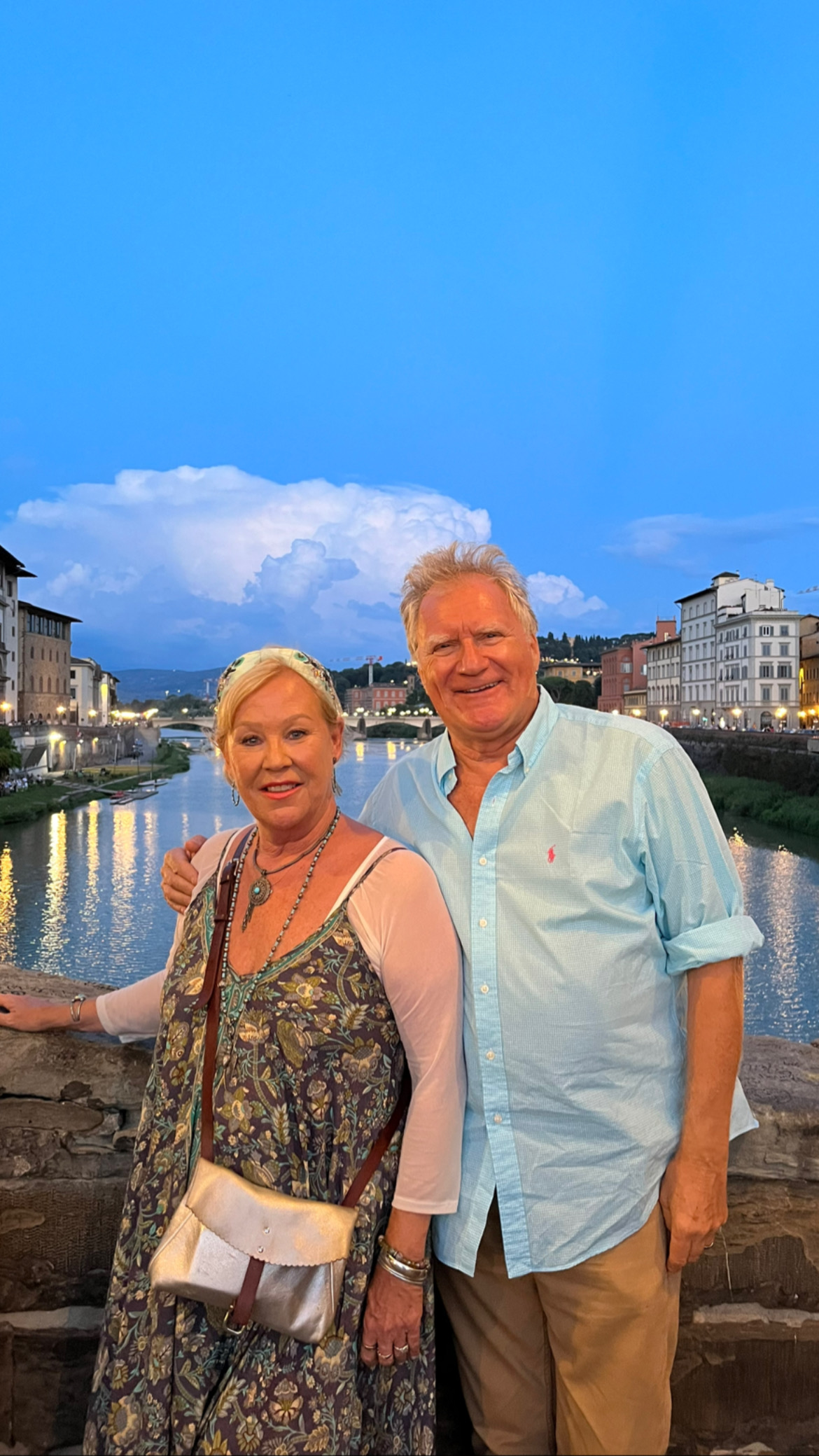45. THE MEXICAN BORDER, THE WALL, TUBAC & THE MISSION OF SAN XAVIER, ARIZONA
- Des & Sandie Nichols
- Sep 10, 2022
- 3 min read
Updated: Jun 24, 2024
Nothing divides like The Wall, both physically and politically. This ugly, barbed barrier doesn't just separate the US from its colorful southern neighbor, Mexico, but it has also hewn a fractious schism between the American people themselves and, in the process, shut down the Government. So it was absolutely inevitable that we would take the trek 70 miles south from Tucson, across the Sonoran Desert, to see the situation for ourselves.


We have seen a few such walls on our travels around the world over the years; some are still standing - Korea, Israel and Cyprus for example. Others are now thankfully defunct, as in Berlin and Belfast.
Our favorite, by a mile, is the one near Amritsar in the Punjab between India and Pakistan where, every night, the border is closed with a ceremony straight out of the Monty Python Silly Walks sketch. Thousands of baying Indians pack the stands on the east side, all chanting loudly and repeatedly "Hindustan! Hindustan!" in full voice and an equal number of Pakistanis in the stands on the other side bark back "Pakistan! Pakistan!", all in refreshingly good humor. It is one of life's amazing oddities. Great stuff. But back to America.



But this quirky charm does not extend to the grim Mexican border in Arizona. It is a depressing scene. We drove down to Nogales, a largish town dissected by a forbidding metal fence, snaking over the hills in both directions. There is a curious paradox about almost all border towns. Their very existence is because of the steady flow of well-heeled people and commercial traffic that pass through every minute of every day of the year. Yet the towns invariably display every sign of neglect, decay and poverty. The problem is that the travelers just don't stop - in one end, out the other.
Nogales is no exception. It is not a destination, just a facilitator. So all the normal and ubiquitous American chain stores and fast-food restaurants that exude corporate wealth with their bold garish signs are not here. Instead, the tired and impoverished shops have sad hand-painted signs, under which the shopkeepers stand forlornly in their doorways as the cars just keep on rolling past. It is a town that time and everyone except the Border Patrol agents forgot. Nothing was more graphic than seeing an anachronistic Woolworth frontage, with a tattered awning, right next to the border, a legacy of bygone times and a reminder of how little the town has evolved.


The 'Wall' itself has a Cold War terror about it, with the razor-sharp reels of barbed wire sitting atop the dark iron curtain of tall metal posts, through which we gringos can witness life carrying on regardless a few feet away in Mexico. It all seems such an over-reaction sitting as it does between two civilized societies. But there it is, and instead of becoming a thing of the past, it looks like it will actually be soon reinforced.
On the road back to Tucson we made two stops. The small village of Tubac was originally established on the Camino Real, the historic old route that linked Mexico with the southern states of America. It comprises today of a cluster of classy art shops and mid-range restaurants, all a sharp contrast to the neglected artless world of Nogales. It is a calm cultural oasis made for leisurely browsing amongst the galleries which groan tastefully with paintings, jewelry and colorful pots.

Tubac
The other stop was at the Mission of San Xavier del Bac, a historic Spanish Catholic mission 10 miles south of Tucson. There has been a Spanish foothold here since 1692 but the current church was built between 1783 and 1797. The Apache Indians regularly came along, pillaging the place and taking a quota of scalps as they left, making it a less than perfect place to live, unless you actually wanted to lose the top of your head. Following Mexican Independence in 1821, Tubac fell under the rule of Mexico City and all the Spanish priests were unceremoniously pushed onto little wooden ships and sent packing back to their Motherland. In 1854, salvation miraculously appeared. The area was bought back by the US and the Santa Fe Diocese re-opened the Mission and hosed some of that Spanish gold into the repairs. Today it is magnificent, with its interior restored to its impressive original state, a typical Catholic overstatement of riches and reverence - paintings, carvings, frescoes, statues and relics look down on you as they compete to attract the pliant pilgrims. The outside of the building is unashamedly Moorish, with an ornately decorated entrance designed to humble you. It is all surrounded by glorious cloister-like cactus gardens.






Each year, thousands of religious devotees come here on their personal pilgrimages, each paying their respects to the richly adorned altars and icons, lighting smokeless candles and expelling their prayers into the holy sanctuary, but for the less faithful it is still an extraordinary experience.
This is the unbelievable view out of our wobble-bus window as we settle down for the evening with our gin and tonic to enjoy the spectacular Arizona sunset.





Comments